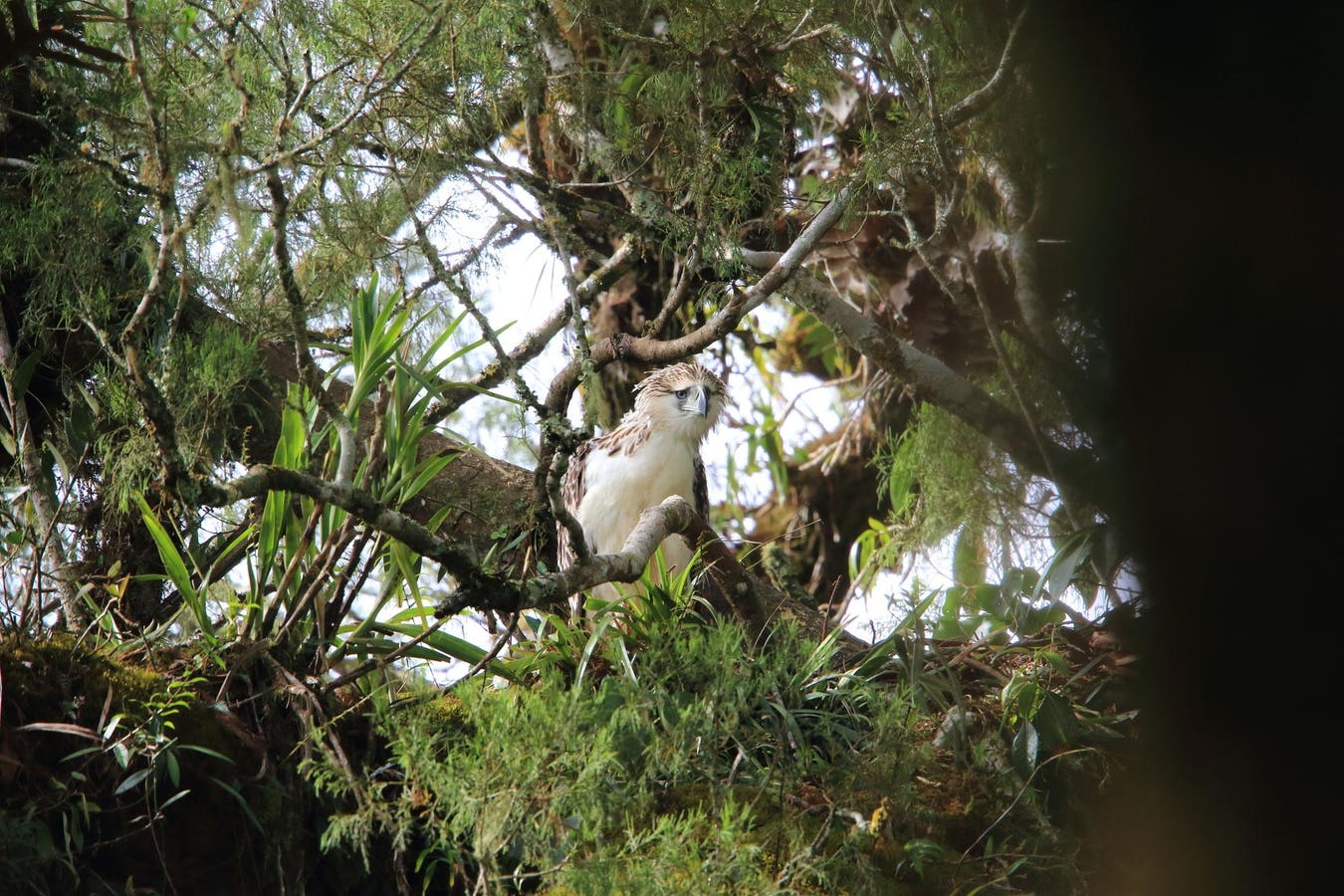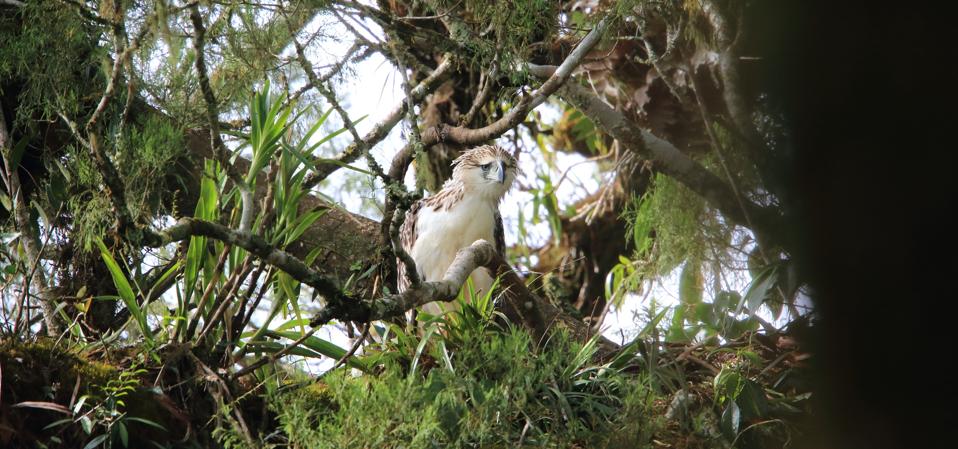The bald eagle is arguably the world’s most recognizable eagle. Steller’s sea eagle is the heaviest … More
There are approximately 60 species of eagles that exist in the world today. None of them count as particularly prolific species.
The most common eagle is probably the bald eagle, with an estimated population of 300,000 individuals in North America. Australia’s wedge-tailed eagle and the northern hemisphere’s golden eagle are also among the more prolific eagle species, with estimated populations of 100,000 or more.
These populations pale in comparison to other avian species, however. For context, the most common bird in the world is the chicken, with over 20 billion individuals alive today. Some of the most common wild birds are the house sparrow (approximately 1.6 billion individuals in existence), the red-billed quelea (~1.5 billion individuals) and the European starling (~1.3 billion individuals).
The rarest eagle in the world is the Philippine eagle. It also happens to be the rarest among all birds of prey, which includes not just eagles but hawks, kites, harriers, owls, falcons and other carnivores of the sky.
Here is the story of this most elusive bird of prey.
The Elusive Philippine Eagle
The critically endangered Philippine eagle – the world’s rarest and tallest eagle.
Also known as the “haribon” or “king of the birds,” the Philippine eagle (Pithecophaga jefferyi) is found only in the Philippines, with small, fragmented populations on four islands: Luzon, Samar, Leyte and Mindanao. It lives in primary lowland and montane rainforest, a habitat that is shrinking rapidly.
This eagle is enormous. Measuring over three feet tall, with a wingspan of around six and a half to seven feet, it is considered the tallest eagle in the world. It has long, powerful legs, huge talons, and a distinctive crest of shaggy feathers that gives it a somewhat lion-like appearance.
The Philippine eagle is a fearsome aerial hunter, capable of taking prey as large as monkeys, snakes, and flying lemurs – hence one of its other monikers, the “monkey-eating eagle.”
The Philippine eagle is classified as critically endangered by the International Union for Conservation of Nature (IUCN), with an estimated wild population of fewer than 250 breeding pairs.
However, due to the challenges of studying Philippine eagles in the wild, population estimates are largely derived from models based on the species’ biology and distribution, introducing some uncertainty in their true numbers. A June 2025 study published in the Journal of Raptor Research estimated the total population could be as low as 64 breeding pairs.
Its rarity is almost entirely due to human activity. Logging, mining, agriculture and urban development have wiped out huge portions of the eagle’s rainforest habitat. In addition to habitat loss, these birds face threats from hunting, electrocution from power lines and accidental trapping.
Persecution by humans remains a major threat to the Philippine Eagle. Accounts dating back to the mid-20th century document widespread killing (for food, retaliation, or the illegal wildlife trade), with dozens of eagles reportedly shot or captured within just a few years on Mindanao and Luzon.
In recent decades, conservation efforts have increasingly focused on captive breeding and the rehabilitation of injured wild eagles. However, released individuals often experience high mortality once they leave forested areas. Satellite tracking has revealed that many are either shot or trapped by local residents, a pattern documented in studies published in the Journal of Raptor Research and the Journal of Threatened Taxa.
Juvenile eagles appear especially vulnerable, as they are more likely to wander into human-dominated landscapes where the risk of persecution is highest. This pattern of persecution, especially when combined with ongoing habitat loss, has likely contributed to low recruitment and remains a major obstacle to population recovery.
Because the Philippine eagle pairs for life and typically raises only one chick every two years, its recovery is slow and vulnerable to disturbance. Every individual lost is a significant blow to the species.
Declared the national bird of the Philippines in 1995, the Philippine eagle has become a powerful symbol of the country’s natural heritage. Conservation programs led by the Philippine Eagle Foundation in Davao City have made important strides in captive breeding, education and habitat protection. Several eagles have even been successfully released into the wild, but sustaining a viable population long-term remains an uphill battle.
A captive Philippine eagle gently “kisses” her caretaker at the Philippine Eagle Foundation in Davao … More
Despite challenges, biologists remain hopeful. With continued international support, stronger enforcement of environmental protections and expanded education efforts, there is still a chance to pull this magnificent raptor back from the edge of extinction.
Are you an animal lover who owns a pet, perhaps even a pet bird? Take the science-backed Pet Personality Test to know how well you know your little friend.









